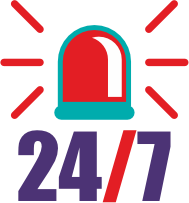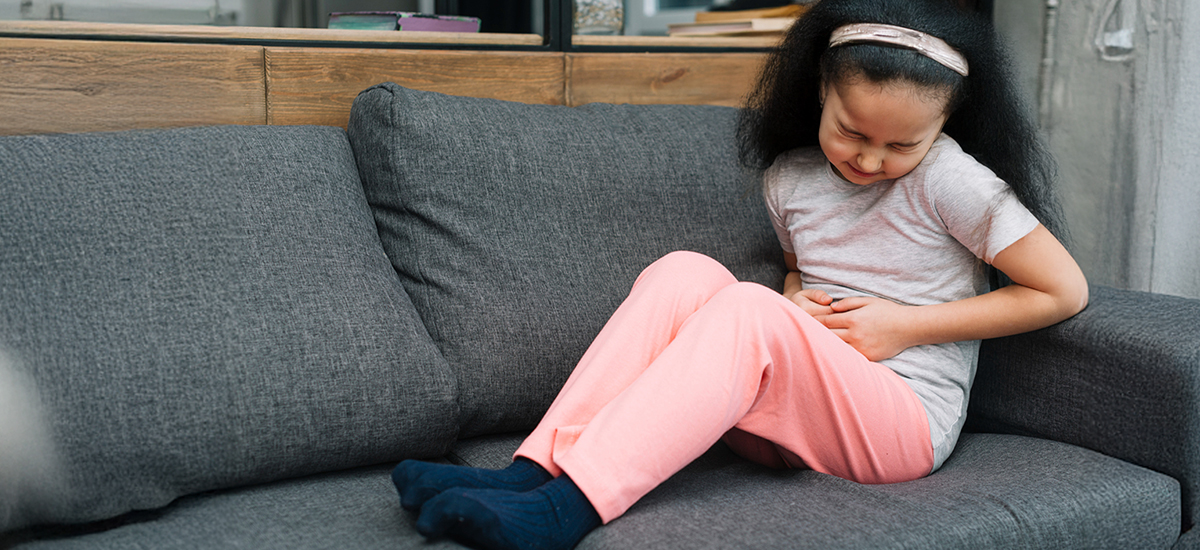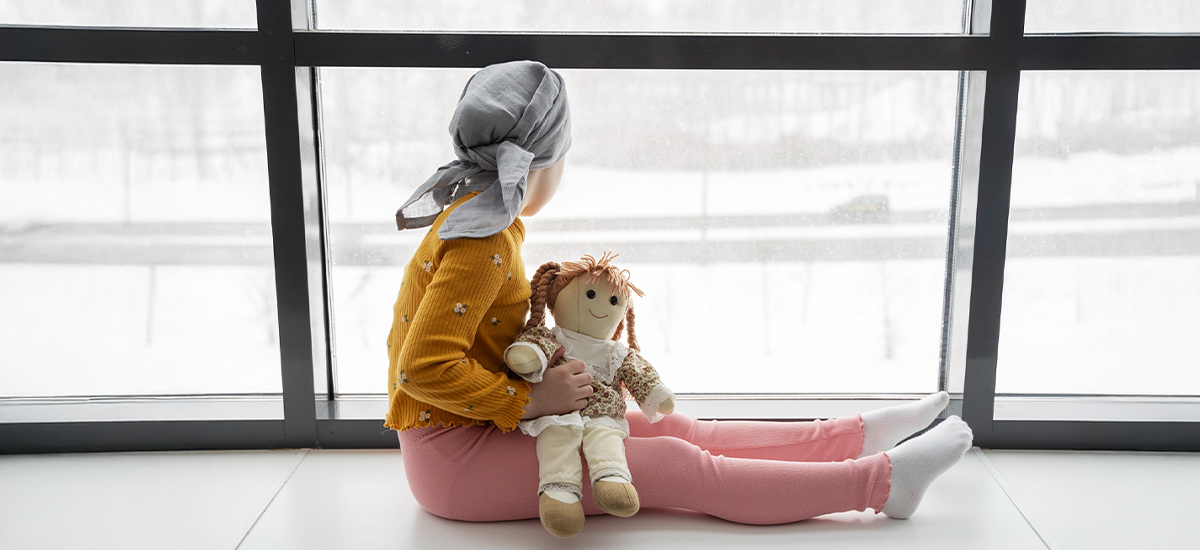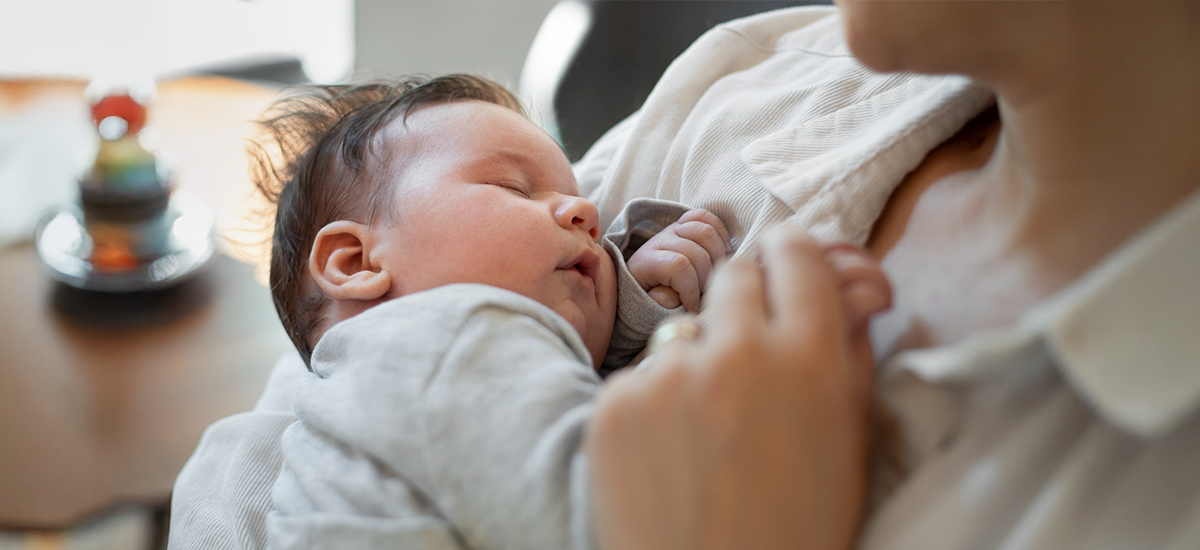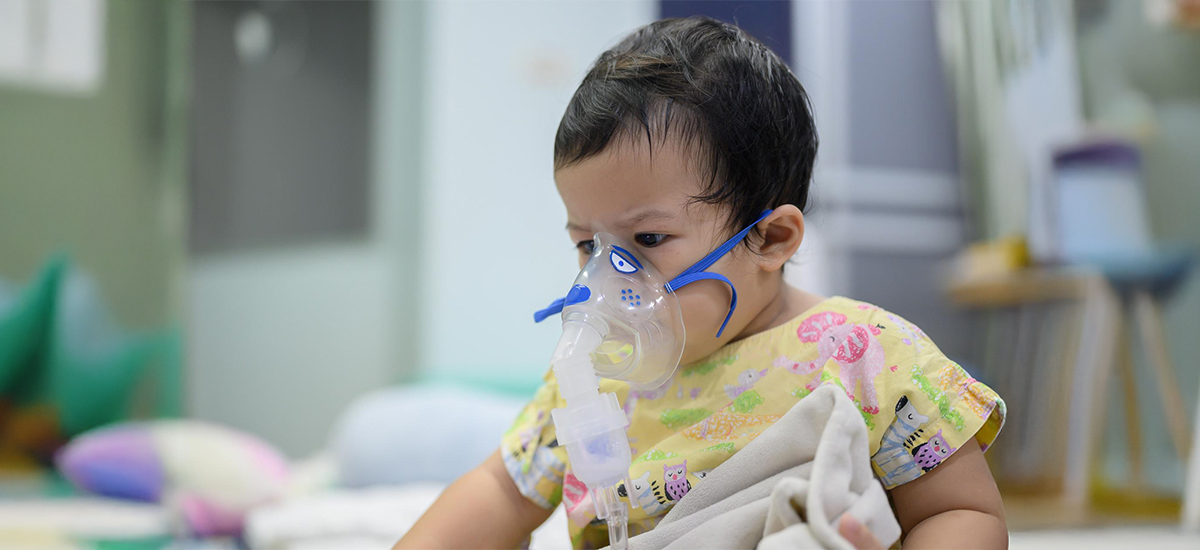Categories
Deworming in Children: Stop the Night Itch, Break the Cycle, Clear the Worms
Sep 22, 2025
If nights are scratchy,
ask one question: where are the eggs by morning. They hide under nails, on
bedding, and on bathroom surfaces. A hand-to-mouth moment restarts the cycle.
Medicine clears worms.
One proper dose now and a second dose in 2–3 weeks catch new hatchlings. The
home routine makes results stick: morning bath, trimmed nails, hot-washed
linen, clean toilets and taps, safe water, washed produce, and shoes outdoors.
That is the plan for pinworm and most common worms in children. “Home remedies
for deworming” do not kill worms; use home steps to prevent spread and soothe
itch. See your pediatrician for dosing and follow-up.
What’s next: How kids catch worms, the medicines that
cure, the two-week home routine, the family plan for pinworm, what to skip, and
when to call your child specialist.
How
children catch worms (and why nights are the clue)
Eggs are tiny and
sticky. They ride under nails, on toys, on sheets, and on unwashed fruit and
vegetables. Children swallow them without noticing. At night, pinworms lay new
eggs around the anus, which causes itch. Scratching carries eggs to nails and
sheets, ready for the next day. That is why mornings are when you can break the
chain.
The
cure comes first: short, safe medicines that really work
Home steps help,
but medicine does the clearing. Your pediatrician chooses the drug and dose by
age and weight, and tells you if a repeat dose is needed at 2–3 weeks to catch
newly hatched worms before they lay more eggs.
After treatment you may see worms in stool or
mild tummy cramps. Call if pain is severe, vomiting persists, or symptoms do
not settle. Do not self-dose infants. Do not repeat courses unless your doctor
advises it.
The
two-week home routine that breaks re-infection
Now use mornings
and touch points to your advantage. These steps make treatment last.
·
Morning bath and fresh underwear: pinworms lay eggs at night; washing first thing removes them before
hands carry them around.
·
Hands and nails: wash with soap for 20 seconds before meals and after toilet; keep nails
short; discourage nail-biting and thumb-sucking.
·
Linen and clothes: hot-wash underwear, pajamas, and bed sheets; sun-dry when possible.
·
Clean touch points: wipe toilet seats, flush handles, taps, and door knobs daily during the
treatment week.
·
Food and water: drink safe water; wash fruit and vegetables under running water; reheat
leftovers fully.
·
Footwear outdoors: slippers or shoes reduce hookworm risk in endemic areas.
·
Skin comfort at night: a thin layer of plain petroleum jelly on the irritated skin can reduce
scratching.
Pinworm
often needs a family plan
Pinworm moves
through siblings and caregivers quickly. Treating one child may not work. Ask
your doctor if all household members should be treated together. Start the
morning baths, hot-wash cycles, and touch-point cleaning as a team. If
diagnosis is uncertain, your clinician may suggest a simple tape test on
waking, before bathing or toileting.
“Home
remedies for deworming”: what to skip and why
Garlic, papaya
seeds, castor oil, strong herbs, and harsh laxatives are popular online, but
they have not been shown to kill worms at safe doses and can irritate a child’s
gut or clash with medicines. Oils or balms near the anus do not kill worms and
can harm delicate skin. Keep food for nutrition. The hygiene routine is the
home part that truly helps.
When
to see a child specialist
Call sooner if
any of these appear: continuous belly pain, vomiting, blood in stool, fever,
visible worms after more than one treatment, poor weight gain, severe anemia,
or itching that does not settle. Your pediatrician may order a stool exam or a
tape test, choose the right medicine and timing, and check growth and iron
levels later.

